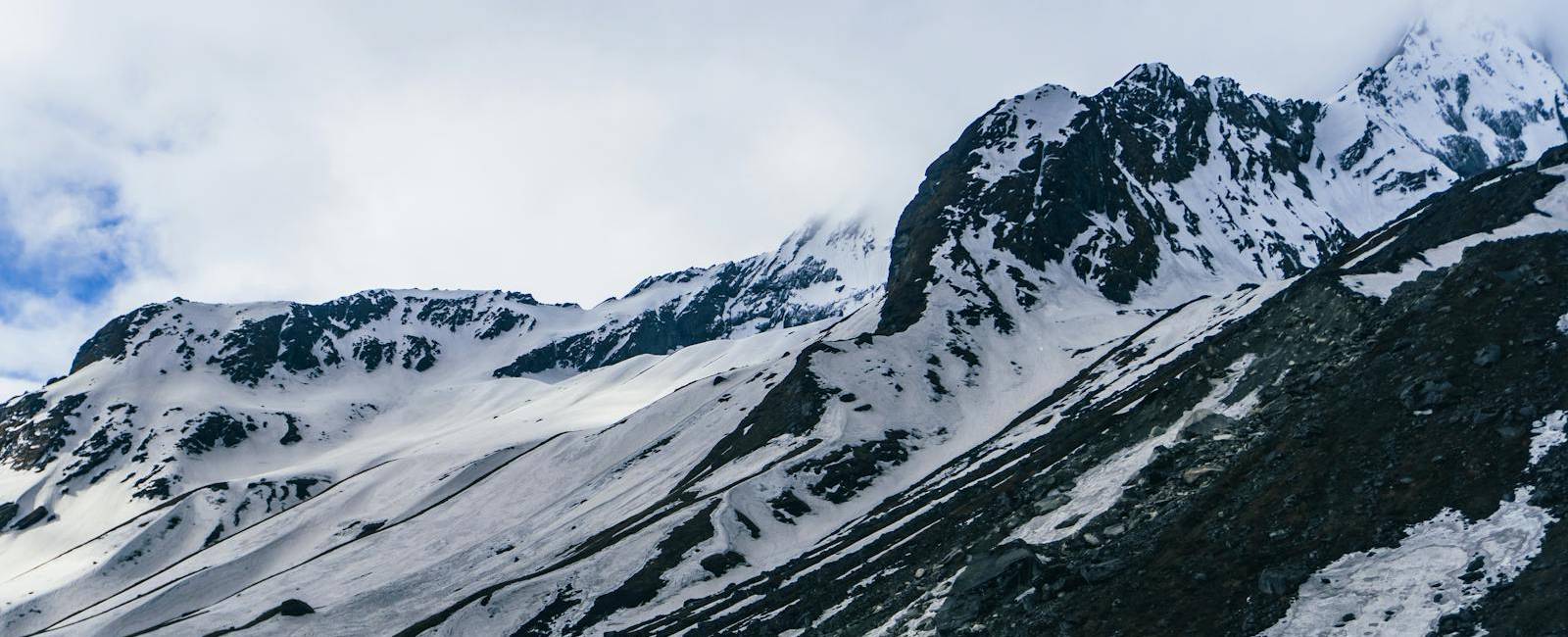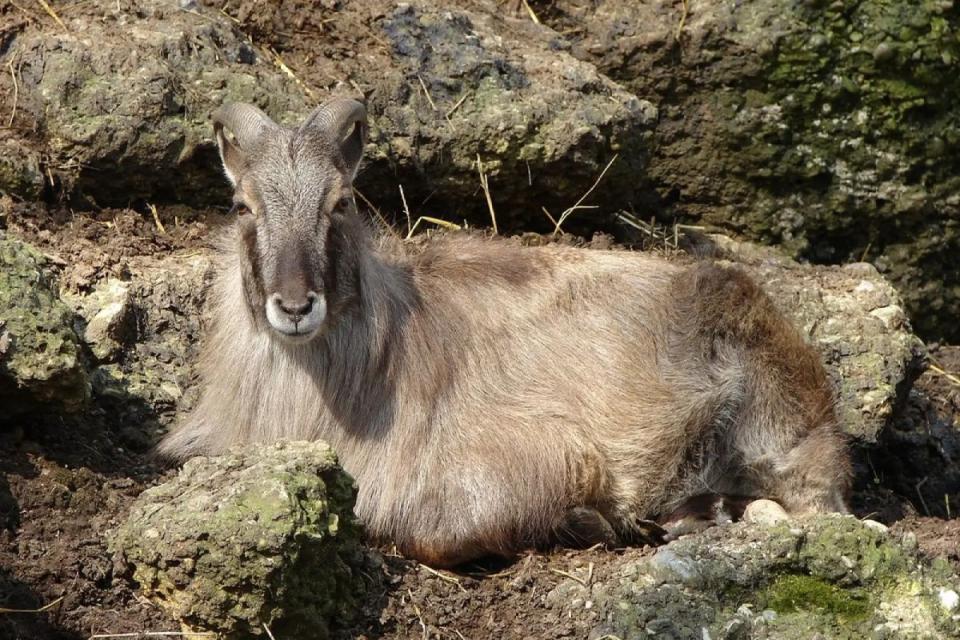Far from the bustling trails of Everest and Annapurna lies a lesser-known yet truly captivating destination: the Dhorpatan Hunting Reserve. Tucked into the rugged folds of Nepal’s western Himalayas, this reserve is the only one in the country where regulated hunting is permitted, but it is so much more than that. It’s a pristine sanctuary brimming with endangered wildlife, vibrant highland culture, alpine flora, and untouched natural beauty.
Whether you’re a wildlife enthusiast, a dedicated nature photographer, or an adventurer seeking remote landscapes, Dhorpatan offers an experience like no other. Every corner of this highland reserve is rich with discovery - from spotting blue sheep against a backdrop of snow-dusted cliffs to capturing golden-hour light filtering through rhododendron forests.
Where is Dhorpatan Hunting Reserve?
Dhorpatan Hunting Reserve sprawls across the districts of Rukum, Myagdi, and Baglung, covering an expansive 1,325 square kilometers. It stretches from an altitude of 2,850 to 5,500 meters, ensuring a dramatic shift in both climate and ecosystem as you move through its terrain. The reserve lies just south of the majestic Dhaulagiri mountain range, one of the highest in the world, which adds to its dramatic scenery.
Because of its remote location, getting to Dhorpatan requires effort but that’s part of the allure. The journey itself takes you through untouched forests, terraced villages, and winding trails, setting the tone for the unfiltered experience that awaits.
Unique Features of the Reserve
Only Hunting Reserve in Nepal
Dhorpatan holds a unique place in Nepal’s conservation system. It is the only designated hunting reserve in the country, operating under a regulated permit system issued by the government. Sustainable and selective hunting of species like Himalayan tahr and blue sheep is allowed during specific seasons, with permits auctioned primarily to international hunters. This system is designed to generate revenue for conservation while keeping ecological impacts minimal.
Yet, the reserve is not just for hunters - it has become increasingly popular among eco-tourists and nature lovers interested in wildlife tracking, photography, and trekking.
Home to Rare and Endangered Species
Dhorpatan boasts an impressive array of biodiversity due to its varied altitudes and isolated ecosystem. The reserve is home to:
-
Blue Sheep (Naur) and Himalayan Tahr - Often spotted grazing on steep ridges.
-
Snow Leopard - Rare and elusive, a true gem for wildlife trackers.
-
Red Panda - Secretive and primarily tree-dwelling, found in forested areas.
-
Musk Deer, Goral, Langurs, and other mountain fauna.
Bird lovers will rejoice in the sightings of over 130 species, including Himalayan Monal, blood pheasants, and bearded vultures soaring overhead.
Breathtaking Landscape Diversity
The landscapes of Dhorpatan are breathtakingly varied. You’ll move from subalpine pine forests to open meadows known as ‘patans’, and onto wind-swept ridgelines that provide sweeping views of the snow-capped Dhaulagiri and surrounding ranges. The ever-changing terrain makes every step feel fresh and adventurous.
During spring, the hills burst into color with blooming rhododendrons and alpine wildflowers, while autumn paints the forests in gold. The higher plateaus remain stark and hauntingly beautiful, dotted with glacial lakes and scree-covered slopes that make for fantastic landscape photography.
What You Can Expect During the Tour
Wildlife Observation
With quiet trails and minimal human disturbance, Dhorpatan offers exceptional opportunities for observing wildlife in their natural habitat. Early mornings and late afternoons are ideal for animal sightings. Guided walks often include tracking blue sheep, spotting eagles and vultures, and hearing the distant calls of Himalayan pheasants.
-
Blue sheep and tahr frequently roam near open slopes.
-
Red pandas, while rare, are occasionally spotted in wooded areas.
-
Snow leopards remain elusive but leave signs like tracks and scat.
Immersive Nature Photography
Photographers will find themselves spoiled for choice here. From close encounters with wildlife to panoramic Himalayan vistas, the reserve offers a raw, cinematic backdrop unmatched by popular trekking routes.
-
Golden lighting during sunrise and sunset.
-
Misty forest trails and reflective alpine ponds.
-
Remote villages framed by mountain ridges and prayer flags.
Each season offers a unique visual palette, and the lack of crowds means you can take your time with each frame.
Cultural Encounters
Dhorpatan isn’t just about nature - it’s also home to communities like the Magar and Kham ethnic groups, who live in harmony with the surrounding environment. Their simple stone houses, seasonal festivals, and traditional farming practices provide a glimpse into life in Nepal’s highlands.
-
Visit local homes and share traditional meals.
-
Observe rituals in small monasteries or village temples.
-
Learn about medicinal plants and local legends from village elders.
Rugged Adventure
Reaching Dhorpatan is no easy feat - which makes it incredibly rewarding. Trekking paths can be steep, weather can change quickly, and infrastructure is basic. But for seasoned adventurers, this level of remoteness is exactly what makes the trip special.
-
Off-road jeep rides or multi-day treks to enter the reserve.
-
Tent camps or rustic teahouse stays along the route.
-
Complete disconnection from the modern world.
How to Get There
Getting to Dhorpatan involves traveling by road or trail from cities like Baglung, Beni, or Rukum. The reserve is not connected by air, which preserves its isolated charm. Options include:
-
Jeep from Baglung via Burtibang - bumpy but scenic.
-
Trekking from Beni or Myagdi - suitable for trekkers who want a multi-day experience.
-
Remote village homestays or tented camps available en route.
Permits are required and should be arranged in advance through authorized agencies like Best Heritage Tour.
Best Time to Visit Dhorpatan Hunting Reserve
Spring (March-May)
Spring is one of the most rewarding seasons to explore Dhorpatan. The forests erupt with colorful rhododendron blooms, and wildlife activity increases as animals emerge after the long winter. It's also a visually stunning time for photography.
Highlights:
-
Forests and valleys covered in vibrant rhododendron blossoms
-
Increased chances of spotting blue sheep, tahr, and other wildlife
-
Crisp air, clear skies, and ideal conditions for trekking and photography
Autumn (September-November)
Autumn is considered the prime trekking season in Dhorpatan due to its stable weather and crystal-clear mountain views. The foliage takes on golden hues, and the cultural atmosphere is rich with post-harvest festivals and activity in local villages.
Highlights:
-
Pleasant temperatures and dry trails
-
Excellent visibility for panoramic photography
-
Lively village scenes and cultural interactions during local festivities
Winter (December-February)
Winter brings harsh weather and heavy snowfall to the reserve, making access more difficult. However, the snow-covered landscapes offer a unique, quiet beauty for experienced travelers looking for solitude.
Highlights:
-
Peaceful, snowy scenery for those seeking solitude
-
Lower foot traffic and remote wilderness atmosphere
-
Challenging conditions suited for seasoned adventurers and researchers
Monsoon (June-August)
The monsoon season is the least favorable time to visit Dhorpatan. Intense rainfall makes trails slippery and increases the risk of landslides, while thick cloud cover obscures mountain views.
Highlights:
-
Lush greenery and dense forest cover
-
High risk of leeches, landslides, and trail inaccessibility
-
Poor visibility and increased travel hazards
Travel Tips Before You Go
-
Permits: Required for entry and must be arranged through a registered travel company.
-
Packing: Warm clothing, waterproof gear, and trekking boots are essential.
-
Guides: Strongly recommended for both safety and wildlife tracking.
-
Communication: No mobile network; satellite phones or radios for emergencies.
-
Fitness: Moderate to high level of physical fitness is required.
Conclusion: Discover Nepal’s Wild Side
Dhorpatan Hunting Reserve isn’t just a destination- it’s an experience. From rare animal sightings and remote alpine trekking to cultural immersion and once-in-a-lifetime photo ops, this reserve is a raw and remarkable reminder of Nepal’s untamed beauty. It’s perfect for travelers who seek solitude, adventure, and authenticity away from the crowds.
Contact Best Heritage Tour to Plan Your Dhorpatan Journey
Phone/Whatsapp: +977-9851149197
Email: info@bestheritagetour.com / bestheritagetour@gmail.com
Website: bestheritagetour.com
Office: Thamel Marg, Kathmandu, Nepal
Ready to explore one of Nepal’s most remote and wild destinations? Start your Dhorpatan adventure today with Best Heritage Tour.
Author: Best Heritage Tour
Date: 29th July, 2025


